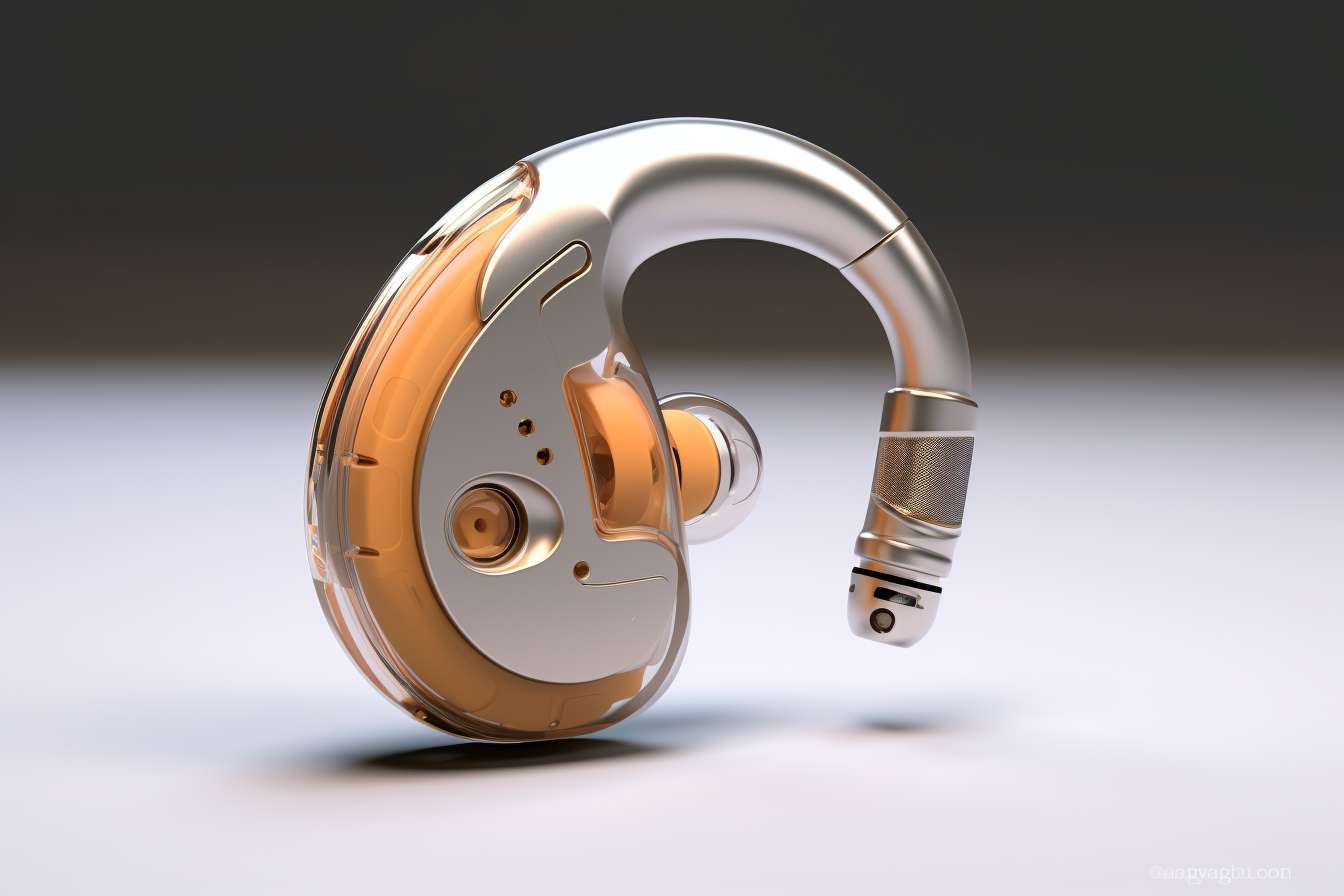Hearing Aids in 2025: Costs, Features, and What to Know Before Choosing
Hearing aids in 2025 offer more than improved sound — they combine advanced technology, comfortable designs, and features that make daily life easier. Costs vary based on style, brand, and included services such as fittings or follow-up care, making it important for buyers to compare options carefully. From behind-the-ear to nearly invisible in-canal devices, today’s hearing aids provide solutions for different needs and lifestyles. This guide explains what buyers should expect to pay, outlines the main features and styles available, and highlights the key factors to consider before making a choice.

Understanding Hearing Aid Costs in 2025
The financial aspect of hearing aids remains a primary concern for many consumers. Pricing varies significantly based on technology level, brand reputation, and distribution channels. Entry-level hearing aids typically range from $500 to $1,500 per device, while premium models can cost between $2,000 and $4,000 per device. Over-the-counter options, which became more widely available following FDA regulations, generally fall within the $200 to $800 range per device.
Several factors influence pricing beyond the device itself. Professional services, including audiological evaluations, fitting sessions, and ongoing adjustments, can add $500 to $1,500 to the total cost. Insurance coverage varies, with some plans offering partial reimbursement, while Medicare traditionally covers very limited hearing aid expenses. Many manufacturers and retailers now offer financing options, payment plans, and bundled service packages to make hearing aids more accessible.
Modern Hearing Aid Features Explained
Today’s hearing aids incorporate sophisticated technology that automatically adapts to different listening environments. Digital signal processing allows devices to distinguish between speech and background noise, enhancing conversation clarity while reducing unwanted sounds. Many models feature directional microphones that focus on sounds coming from specific directions, particularly useful in crowded or noisy settings.
Wireless connectivity has become standard in many hearing aids, enabling users to stream audio directly from smartphones, televisions, and other Bluetooth-enabled devices. Rechargeable batteries have largely replaced traditional disposable batteries in newer models, offering convenience and environmental benefits. Smartphone apps now allow users to adjust volume, change programs, and even locate misplaced hearing aids using their mobile devices.
Artificial intelligence and machine learning capabilities enable some hearing aids to learn user preferences and automatically optimize settings based on listening environments. Tinnitus masking features provide relief for individuals experiencing ringing or buzzing in their ears, while feedback cancellation technology eliminates the whistling sounds that plagued older hearing aid models.
Hearing Aid Styles and Options Available
The variety of hearing aid styles available in 2025 ensures that most users can find a device that meets both their hearing needs and aesthetic preferences. Behind-the-ear models remain popular due to their powerful amplification capabilities and ease of handling. These devices house the main components behind the ear, with sound delivered through a tube or wire to the ear canal.
In-the-ear hearing aids fit entirely within the outer ear and offer a balance between discretion and functionality. They’re suitable for mild to severe hearing loss and provide easy access to controls. Completely-in-canal and invisible-in-canal models offer maximum discretion, fitting deep within the ear canal where they’re virtually undetectable to others.
Receiver-in-canal hearing aids have gained popularity due to their natural sound quality and comfortable fit. The receiver sits directly in the ear canal, while the main body rests behind the ear, connected by a thin wire. This design reduces the occlusion effect and provides clear, natural sound reproduction.
What to Know Before Choosing Hearing Aids
Selecting the right hearing aids requires careful consideration of several factors beyond cost and appearance. The degree and type of hearing loss significantly influence which devices will provide optimal benefit. A comprehensive hearing evaluation by a licensed audiologist provides essential information about hearing thresholds, speech understanding abilities, and specific listening challenges.
Lifestyle considerations play a crucial role in hearing aid selection. Active individuals who spend time outdoors may benefit from devices with robust weather resistance and advanced noise reduction features. Those who frequently attend social gatherings might prioritize directional microphone technology and wireless streaming capabilities. Individuals with dexterity challenges should consider models with larger controls or smartphone app integration for easier adjustments.
Trial periods offered by many providers allow users to test hearing aids in real-world situations before making a final commitment. Most reputable providers offer 30 to 60-day trial periods with return policies, enabling users to determine whether specific devices meet their needs and expectations.
| Device Type | Provider | Price Range | Key Features |
|---|---|---|---|
| Premium Digital | Phonak, Oticon, ReSound | $2,000-$4,000 per device | AI technology, smartphone connectivity, rechargeable |
| Mid-Range Digital | Widex, Starkey, Signia | $1,000-$2,500 per device | Bluetooth streaming, noise reduction, multiple programs |
| Over-the-Counter | Eargo, Lexie, Sony | $200-$800 per device | Self-fitting, basic amplification, smartphone apps |
| Basic Digital | Various manufacturers | $500-$1,500 per device | Digital processing, feedback cancellation, volume control |
Prices, rates, or cost estimates mentioned in this article are based on the latest available information but may change over time. Independent research is advised before making financial decisions.
Professional support and ongoing care should factor into the decision-making process. Established audiology practices typically provide comprehensive services including initial fittings, regular adjustments, cleaning, repairs, and replacement warranties. Some newer direct-to-consumer models offer remote programming and virtual consultations, which can be convenient but may not provide the same level of personalized care as in-person services.
The hearing aid market in 2025 offers unprecedented options for individuals seeking to improve their hearing health. While the variety of choices can seem overwhelming, understanding the relationship between features, costs, and personal needs helps narrow the selection process. Taking advantage of professional evaluations, trial periods, and manufacturer warranties ensures that consumers can find hearing aids that truly enhance their quality of life and communication abilities.
This article is for informational purposes only and should not be considered medical advice. Please consult a qualified healthcare professional for personalized guidance and treatment.




